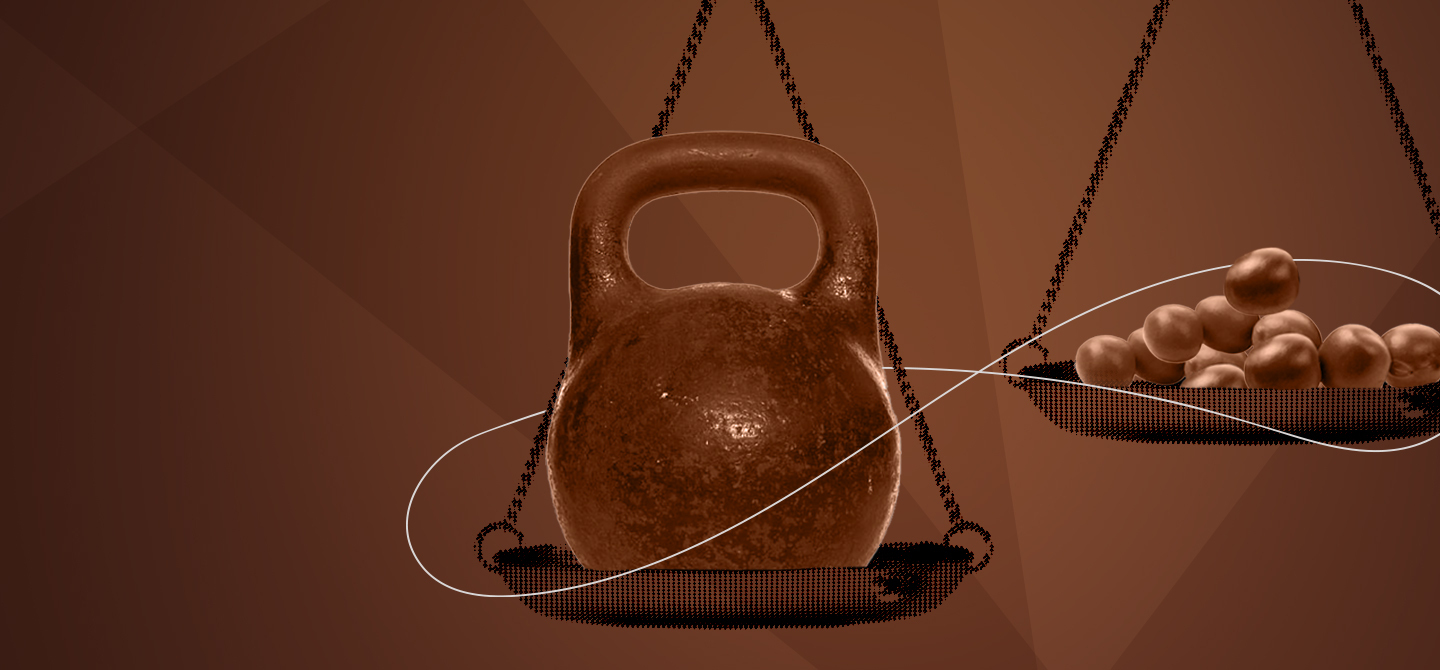New Zealand: the first tobacco-free generation?
Will New Zealand become the first smoke-free nation by 2025? To achieve this goal – and avoid the premature deaths of 4,500 New Zealanders each year – the country could soon propose a number of ground-breaking measures, including a ban on the sale of tobacco to anyone born after 2004. The latest WHO figures, from May 2020, show that there are more than 1.3 billion smokers in the world, and 80% of them are in low- and middle-income countries1. The same data also shows that smoking kills 8 million people around the world each year.
The ban proposed by New Zealand Prime Minister Jacinda Ardern’s government has yet to be proven as effective and sufficient. Also, whether it could eventually be imported into other countries. We put these questions to Karine Gallopel-Morvan, a member of the French High Council for Public Health (HCSP) and of the scientific boards of Santé publique France.
Will New Zealand be able to completely abolish smoking?
New Zealand has a long history of disuasive campaigns to reduce smoking, and they have been successful. Today, about 10% of non-Maori New Zealanders (and about 30% of Maori) smoke. This is extremely low compared to France or Germany, where between 30 and 32% of the over-15s smoke occasionally and more than 25% daily2. Overall, 29% of adults in Europe are regular smokers.
But New Zealand is not the only country to envisage a world without tobacco – referred to as tobacco endgame. It is also being considered in Australia, Finland and Norway; countries where smoking prevalence is also very low (~12–15% of smokers). These countries have adopted the many measures recommended by the WHO, within the framework of the Convention on Tobacco Control and have succeeded in significantly reducing the proportion of underage smokers, to around 5% today. New Zealand wants to go further, and in 2021 proposed a plan to go smoke-free by 20253.
How could New Zealand become smoke-free in 2025?
Various measures are proposed. Among the key proposals is the reduction of nicotine in tobacco products. This will have the dual purpose of reducing the dependency of smokers (and therefore making it easier to quit) and reducing speed at which young people starting to smoke become addicted.
The last key measure is to ban the sale of tobacco to young people born after 2004 by 2025., with the aim of creating the first smoke-free generation.
Another key measure is the reduction in the number of tobacco outlets, of which there are between 6,000 and 8,000 in New Zealand, since any shop can sell this product. This means that many outlets are located in areas where the populations most likely to smoke, such as Maori and the poorest, reside. Reducing the number of outlets, particularly around secondary schools, will reduce access to tobacco, prevent youth initiation and facilitate cessation.
The last key measure is to ban the sale of tobacco to young people born after 2004 by 2025. The aim here is of course to create the first smoke-free generation. Other measures are also proposed to achieve the desired objective: raising prices, banning filters (which are very polluting for the environment), increasing the number of social marketing campaigns (such as the “No Smoking Month” in France), and reducing the attractiveness of cigarette shapes (in particular by banning cigarettes with flavoured capsules).
Do you have any examples of public policies that have demonstrated their effectiveness on tobacco marketing?
Yes, for example, I worked for several years on the neutral cigarette pack, which was introduced in France in 2017 and has now been adopted by many countries (including New Zealand). It has no advertising signs; the brand name is written in a standardised way and the colour is as unattractive as possible (dark green for France).
One of the aims of the neutral packet is to eliminate the marketing function of the packaging – a particularly essential function in attracting young people to smoke. Certain innovative and attractive packaging designs were sold on the French market up until 2017: “phosphatase”, whose characteristic was to light up at night and make health warnings disappear; the packet bearing the effigy of Che to evoke rebellion; the tactile “high-tech/capsule” pack, which reminds us that the cigarettes it contains change flavour according to the smoker’s desires, etc.
Research carried out in France, and that of researchers in other countries, shows that neutral packaging influences smokers’ behaviour and perceptions. Furthermore, the plain packet does not make teenagers want to buy it and reduces their desire to start smoking. The plain packet also prevents consumers from being misled about the real danger of the product it contains: a product that kills one out of two regular consumers. Finally, the neutral packet increases the effectiveness of the health warnings on the packaging. They are more visible, better remembered, and considered more credible and serious.
But to defend this communication space that is packaging, the tobacco industry went so far as to sue Australia in 2012 when the country decided to impose it. They lost their case and were overruled by the Sydney High Court.
Will it ever be possible to ban smoking in countries where smoking prevalence is above 30%, such as France or Germany?
Nothing is impossible. It is important to bear in mind that today a product like cigarettes would never have been accepted for sale in Europe, simply because it kills 50% of its regular users. Smoking prevalence is high in Europe, but it has been decreasing since 2016 (except in 2020, a year made special by Covid-19), because there has been a real political will to achieve this objective with the implementation of effective measures (price increase, social marketing campaigns, neutral package, reimbursement of nicotine substitutes…).
If the next governments continue in this vein, the percentage of smokers could fall very quickly. In Great Britain, for example, the adoption over the last fifteen years of very effective measures (price increases, massive social marketing campaigns, ban on advertising and sales to minors, plain packets, assistance deployed throughout the country to help smokers quit, etc.) has had significant effects: the British have gone from around 30% of smokers to less than 15% today. If necessary, it might be possible to move to a smoke-free France or Germany by 2030.
Wouldn’t a sales ban lead to an increase in black-market tobacco sales?
As stated in the previous question, there is no question of banning tobacco sales in France when prevalence is close to 30%. However, once it is close to 5%, a ban will become feasible without generating large-scale illicit trafficking, since few people will be interested in the product. In this case, it will of course be essential to help the remaining smokers to manage their nicotine dependence, for example with medication and nicotine substitutes.














